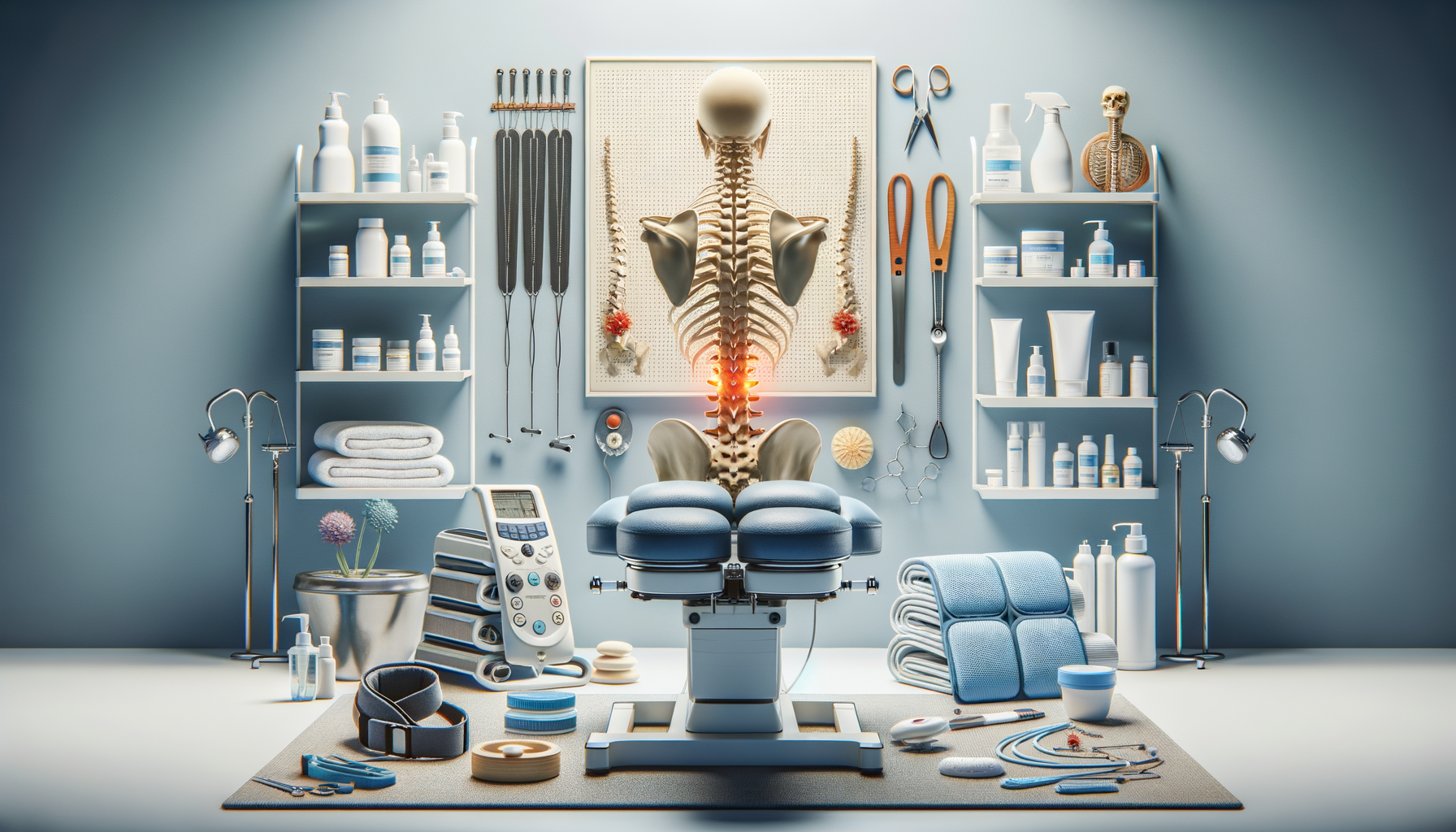Understanding Back Pain: Causes and Impact
Back pain is a common ailment affecting millions worldwide, with a significant impact on daily life and productivity. Understanding the causes of back pain is crucial for effective treatment. Common causes include poor posture, muscle or ligament strain, arthritis, osteoporosis, and herniated discs. Each of these can result from lifestyle factors such as prolonged sitting, inadequate exercise, or improper lifting techniques.
The impact of back pain extends beyond physical discomfort. It can lead to emotional distress, reduced work performance, and a diminished quality of life. Chronic pain sufferers often experience anxiety and depression, further complicating their condition. Recognizing the multifaceted nature of back pain is essential for developing a comprehensive treatment plan.
To effectively manage back pain, it’s important to identify its root cause. This often involves a combination of medical history evaluation, physical examination, and diagnostic tests such as X-rays or MRIs. By pinpointing the underlying issue, healthcare professionals can tailor treatments to address specific needs, ensuring a more successful outcome.
Chiropractic Care: Aligning the Spine for Relief
Chiropractic care offers a non-invasive approach to back pain relief, focusing on the alignment of the spine. Chiropractors use manual adjustments to correct misalignments, which can alleviate pressure on nerves and improve mobility. This treatment is particularly effective for conditions like sciatica, herniated discs, and general lower back pain.
One of the advantages of chiropractic care is its holistic approach. Chiropractors often incorporate lifestyle advice, exercises, and nutritional guidance into their treatment plans. This comprehensive strategy helps patients not only relieve pain but also prevent future issues by addressing contributing factors.
Studies have shown that chiropractic care can lead to significant improvements in pain and function. Patients often report reduced pain levels and enhanced quality of life after undergoing chiropractic treatments. However, it’s important to consult with a healthcare professional to determine if this approach is suitable for your specific condition.
Physical Therapy: Strengthening and Rehabilitation
Physical therapy is a cornerstone of back pain treatment, focusing on strengthening muscles and improving flexibility. A physical therapist designs a personalized exercise program to address specific weaknesses and imbalances, which can contribute to pain.
Therapeutic exercises often include stretches, strength training, and aerobic activities. These exercises help to improve posture, enhance core stability, and increase overall fitness. By strengthening the muscles supporting the spine, patients can reduce strain and prevent future injuries.
In addition to exercise, physical therapists may use modalities such as heat, ice, ultrasound, and electrical stimulation to alleviate pain and promote healing. The combination of active and passive treatments makes physical therapy a versatile and effective option for many back pain sufferers.
Medication and Pain Management Strategies
For some individuals, medication is a necessary component of back pain management. Over-the-counter pain relievers such as acetaminophen and nonsteroidal anti-inflammatory drugs (NSAIDs) are commonly used to reduce pain and inflammation.
In cases of severe pain, doctors may prescribe stronger medications such as muscle relaxants or opioids. However, these are typically used for short-term relief due to potential side effects and the risk of dependency. It’s crucial to follow a healthcare provider’s guidance when using these medications.
Beyond medication, pain management strategies include techniques such as acupuncture, massage therapy, and mindfulness practices. These approaches can complement traditional treatments, offering additional avenues for relief. By combining various methods, patients can create a comprehensive pain management plan tailored to their needs.
Preventive Measures and Lifestyle Modifications
Prevention is a key aspect of managing back pain. By adopting healthy lifestyle habits, individuals can reduce the risk of developing chronic pain. Regular exercise is fundamental, as it strengthens the back and abdominal muscles, enhancing support for the spine.
Maintaining a healthy weight is also crucial, as excess weight can strain the back and exacerbate pain. A balanced diet rich in nutrients supports overall health and aids in maintaining a healthy weight. Additionally, practicing good posture while sitting and standing can prevent unnecessary strain on the back.
Ergonomic adjustments in the workplace, such as using supportive chairs and adjusting computer screens to eye level, can also help prevent back pain. By implementing these preventive measures, individuals can enjoy a more active and pain-free lifestyle.



Leave a Reply